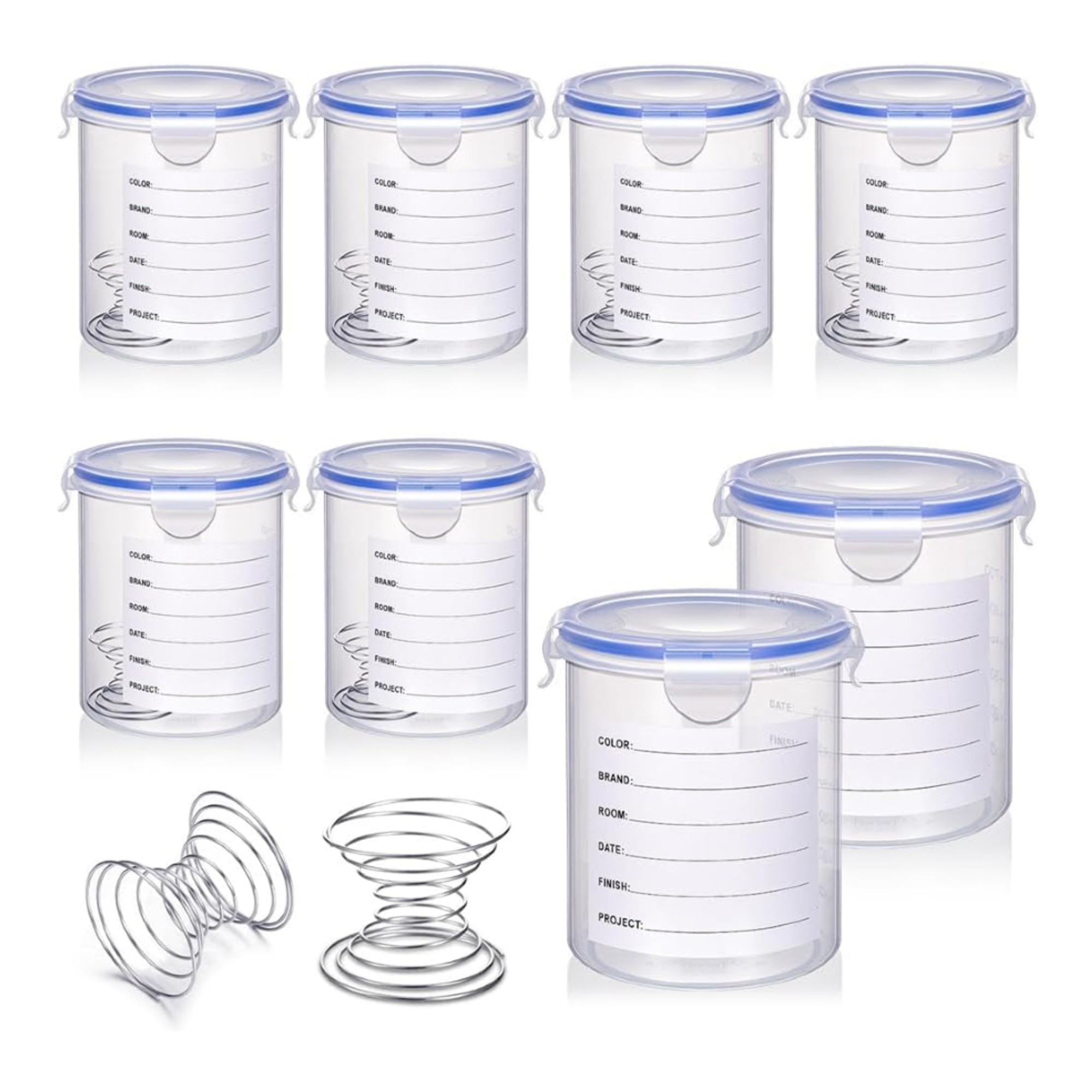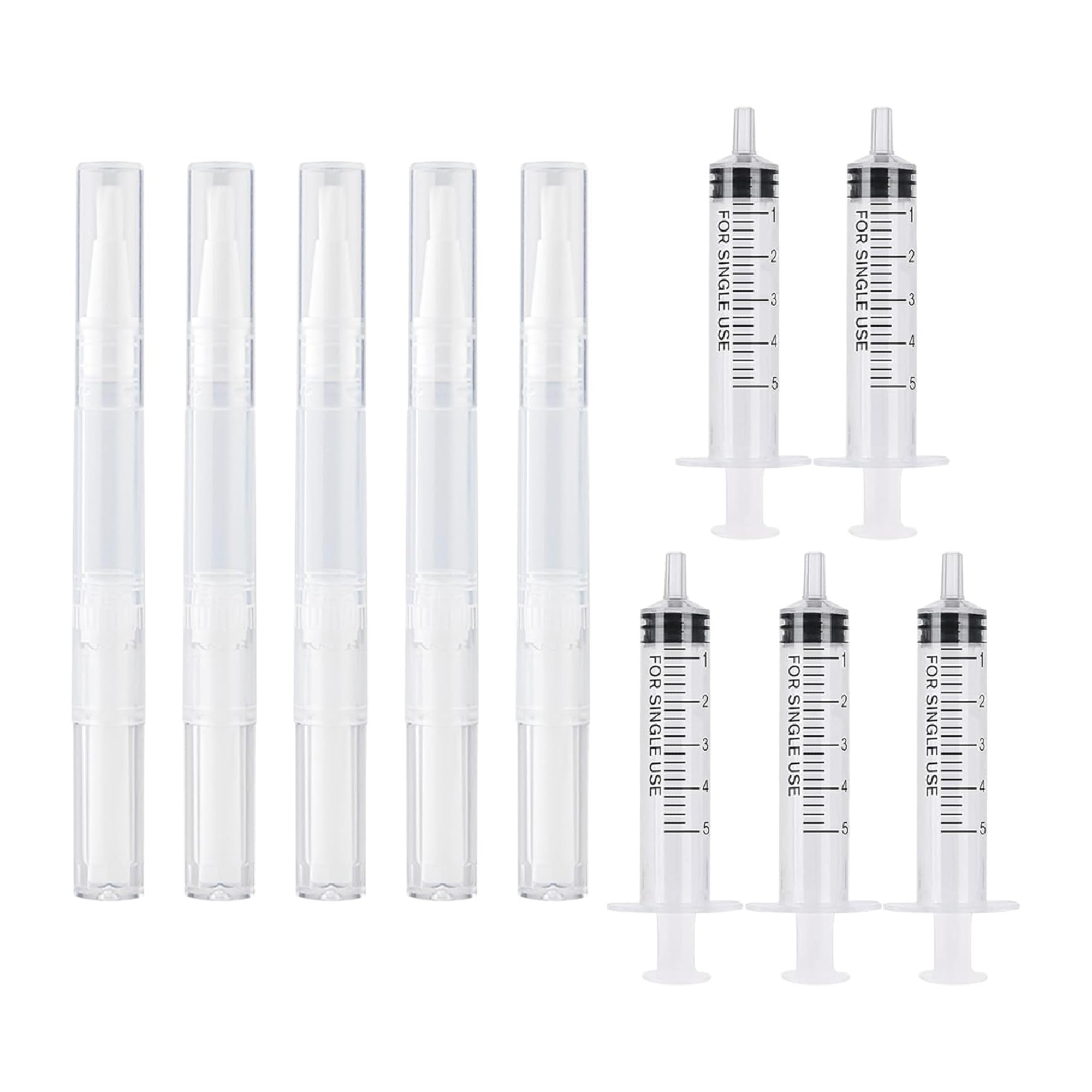What to do with leftover paint – 15 creative ways to utilise small amounts of paint so not a drop goes to waste
Not too sure what to do with all that excess paint sitting in your utility room? These tips will solve that issue once and for all
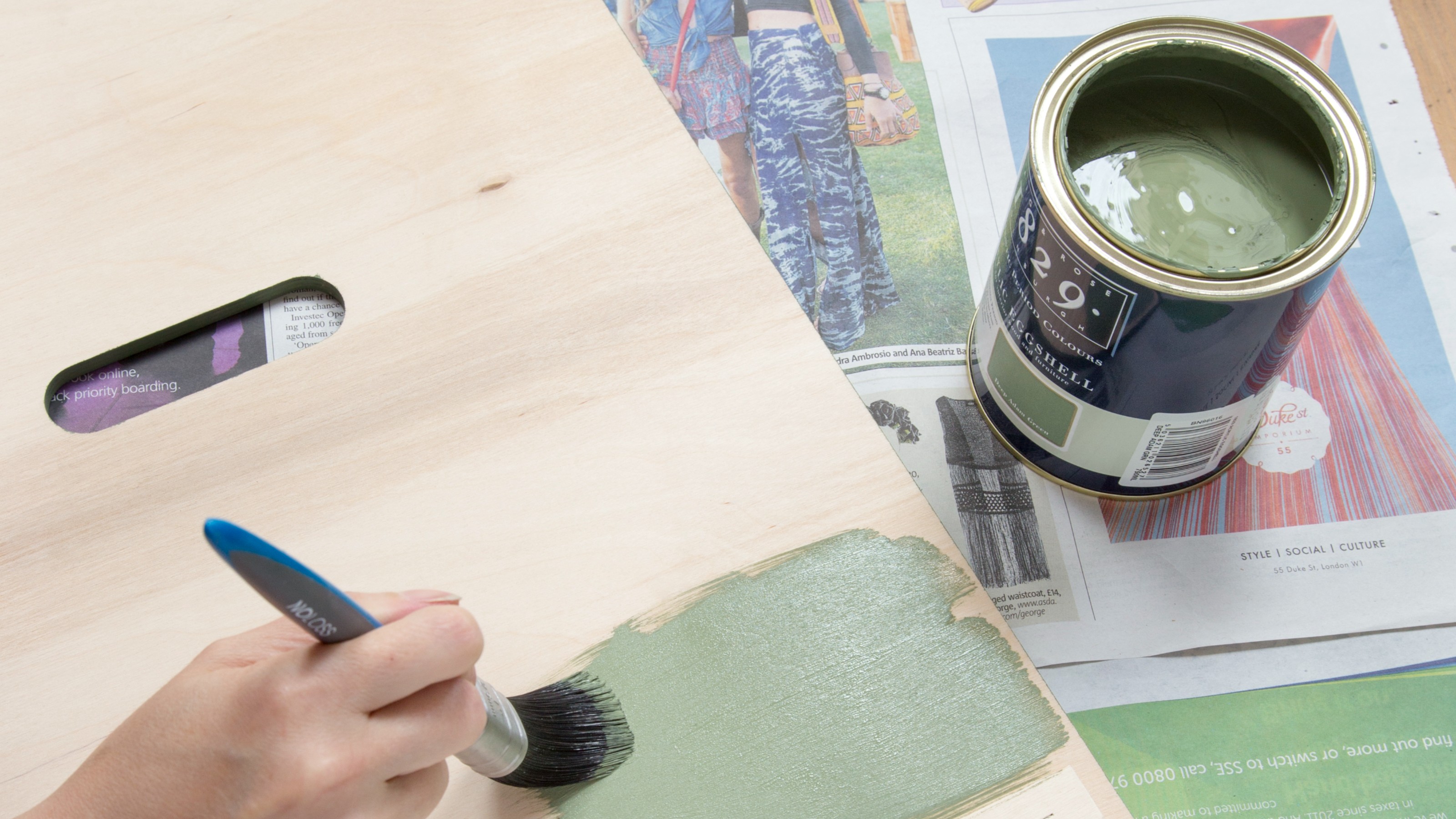
- 1. Highlight door and window frames
- 2. Refresh a lampshade
- 3. Paint the back of shelves and cabinets
- 4. Store for touch-ups
- 5. Donate leftover paint
- 6. Use to work an accent colour
- 7. Create an unexpected backdrop
- 8. Upcycle an old ladder
- 9. Upcycle an old chest of drawers
- 10. Get creative with tester pots
- 11. Paint your own headboard
- 12. Upcycle an old chair
- 13. Edge a room
- 14. Use paint to create ombre shelves
- 15. Hack a flatpack stool
- FAQs

Sara Hesikova
Most of the time, once you’re finished painting your walls (and hopefully the ceiling, too), you’re likely to still have paint left over. Which begs the question of what to do with the leftover paint, of course.
And there are some seriously creative and clever ways to utilise any paint excess you might be left with, no matter how big or small. Not to mention that it can result in some stylish and easy DIY jobs.
‘It can be tricky to know what to do with leftover paint, but rather than letting it go to waste, why not repurpose it creatively?’ says Emma Bestley, co-founder and creative director of YesColours.
What to do with leftover paint
‘Leftover paint is a goldmine for creative projects,’ confirms Victoria Yardley, managing director of Victory Colours.
And the same goes for paint sample pots – once you do your swatches with these, you can use them for any of the below listed paint ideas so that they don’t go to waste.
1. Highlight door and window frames
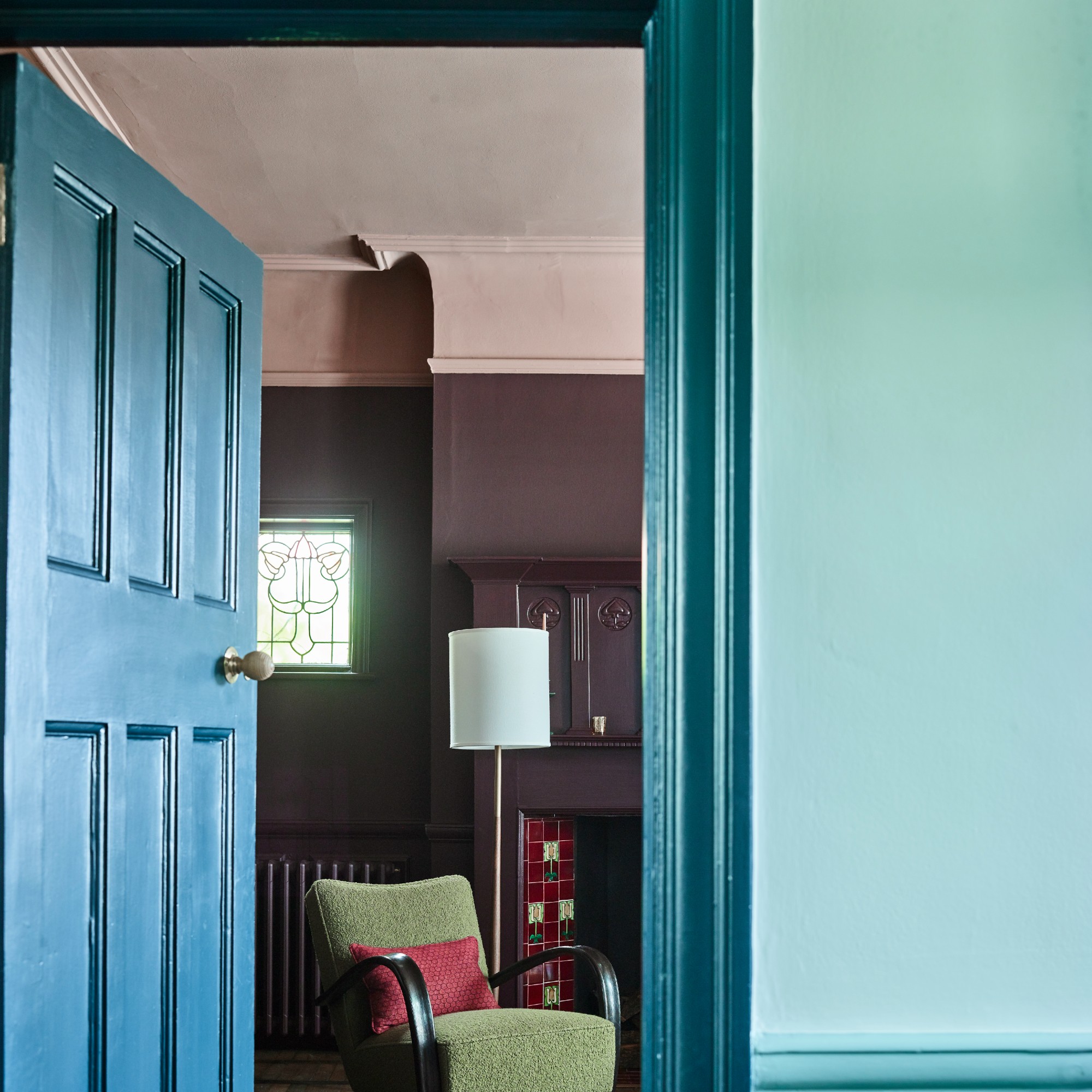
Door and window frames are probably among the places you’re forgetting to paint, even though you shouldn’t as highlighting these features with paint can really elevate your space. So why not kill two birds with one stone and utilise leftover paint while also making your home look more stylish and considered?
‘Adding small accents around a room, like a pop of colour on the architrave of a door, can enhance your existing palette while ensuring your paint doesn’t go to waste. It’s a simple yet effective way to refresh your space sustainably,’ Emma at YesColours says.
Sign up to our newsletter for style inspiration, real homes, project and garden advice and shopping know-how
2. Refresh a lampshade
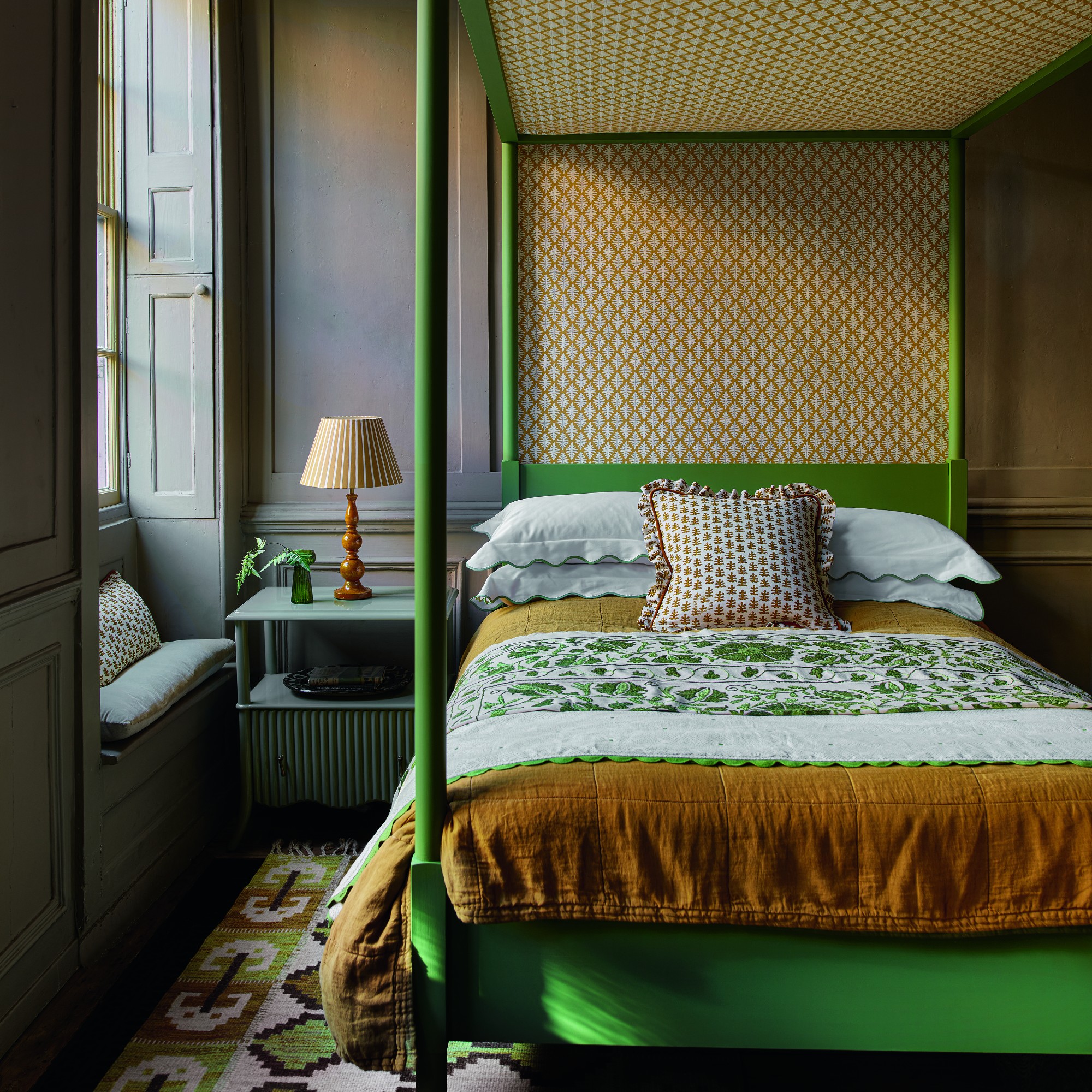
‘We’d always recommend saving any paint you have leftover from a larger project for smaller home updates you might decide to make later down the line,’ says Kathryn Lloyd, Crown colour specialist. ‘Leftover paint is great for DIY projects like refreshing a lampshade.’
For example, striped lamps are one of the biggest lighting trends of 2025 – so why not update a plain lampshade you already own by painting it with some chic stripes?
3. Paint the back of shelves and cabinets

The back of bookshelves, cabinets or kitchen cupboards tend to be the forgotten spaces when painting. But focusing on these unexpected spots and painting them a contrasting shade can create an intriguing feature of your home, while also utilising any leftover paint you might have so that it doesn’t go to waste.
4. Store for touch-ups
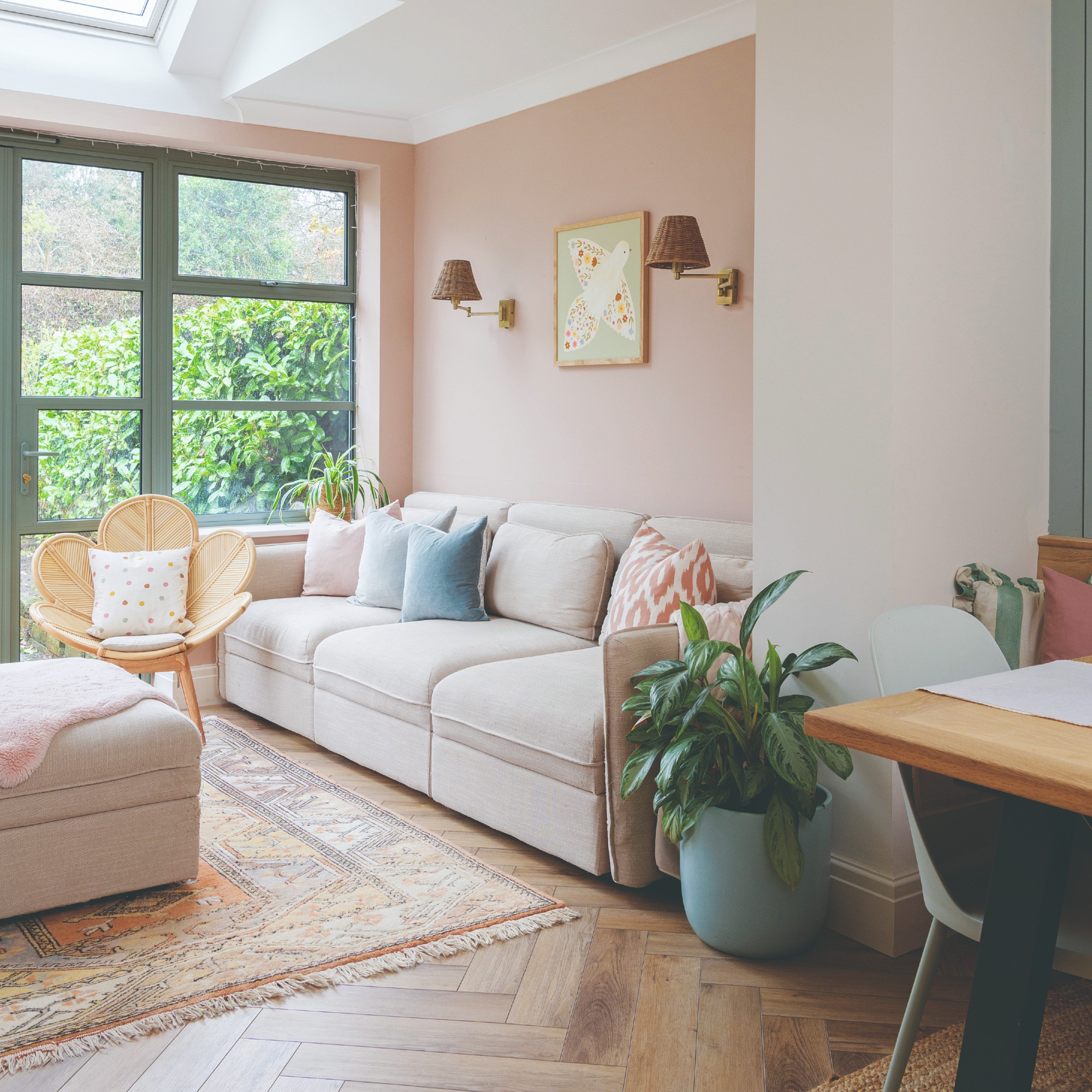
‘If you seal and store your paint correctly then it can last for years and be used for maintenance and touch-ups when required,’ says Caroline Thornborough, design director of Thorndown.
After some time, there are sure to be scuffs and marks on your walls – and if you hold onto your paint, knowing how to properly store the paint, then you can utilise the touch-up paint pen hack using your leftover paint.
‘You can also use it for touch-ups around the home to keep everything looking fresh. Just be sure to store it properly – an airtight container in a cool, dry place will help it last longer,’ Victoria at Victory Colours says.
5. Donate leftover paint
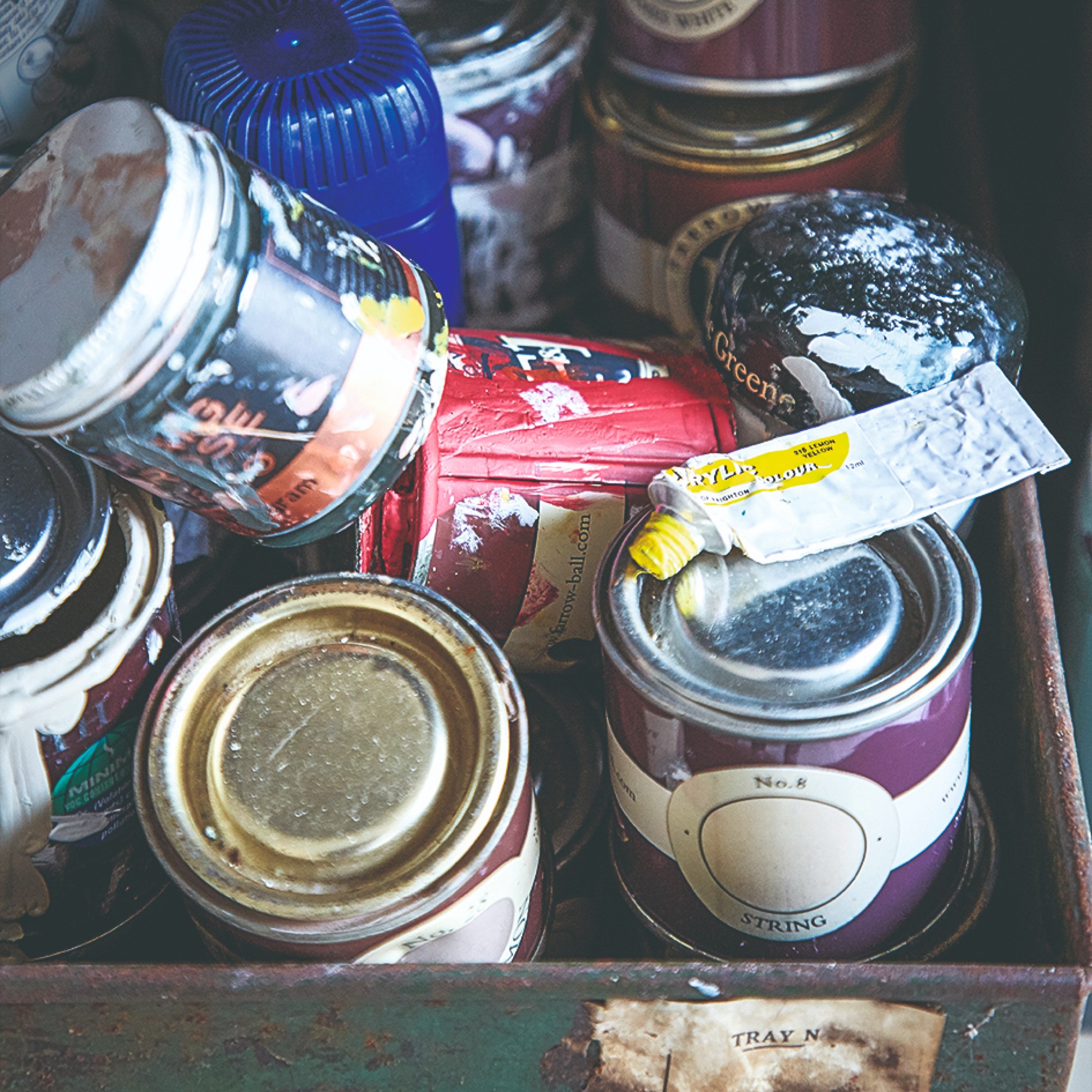
If you’re absolutely sure you won’t be needing the paint at any point in the future or you simply don’t have the space to store it, one of the best ways to dispose of any paint is donating it so that somebody else can benefit from it.
‘Organisations like Community RePaint take leftover, usable paint and redistribute it to charities, community groups, and those in need. It’s a great way to ensure your paint doesn’t go to waste and helps to support good causes,’ Victoria at Victory Colours says.
She adds, ‘Make use of local Facebook pages and WhatsApp groups to see if anyone in your community can make use of your excess paints. Many people are looking for small amounts of paint for DIY projects, arts and crafts, or community initiatives. Check with your local council, as many offer paint disposal or recycling services.’
6. Use to work an accent colour

Add a surprise touch of an accent colour by painting the return between a knock-through living space. Here, a flash of yellow echoes the footstool, cushions and art, framing the room – a litre of paint should be ample this, perhaps using leftover paint from a feature wall in the dining space.
Not ready to commit to a bold living room feature wall idea? This quick trick will transform a neutral room (and there’s hardly any prep or room-clearing needed).
7. Create an unexpected backdrop
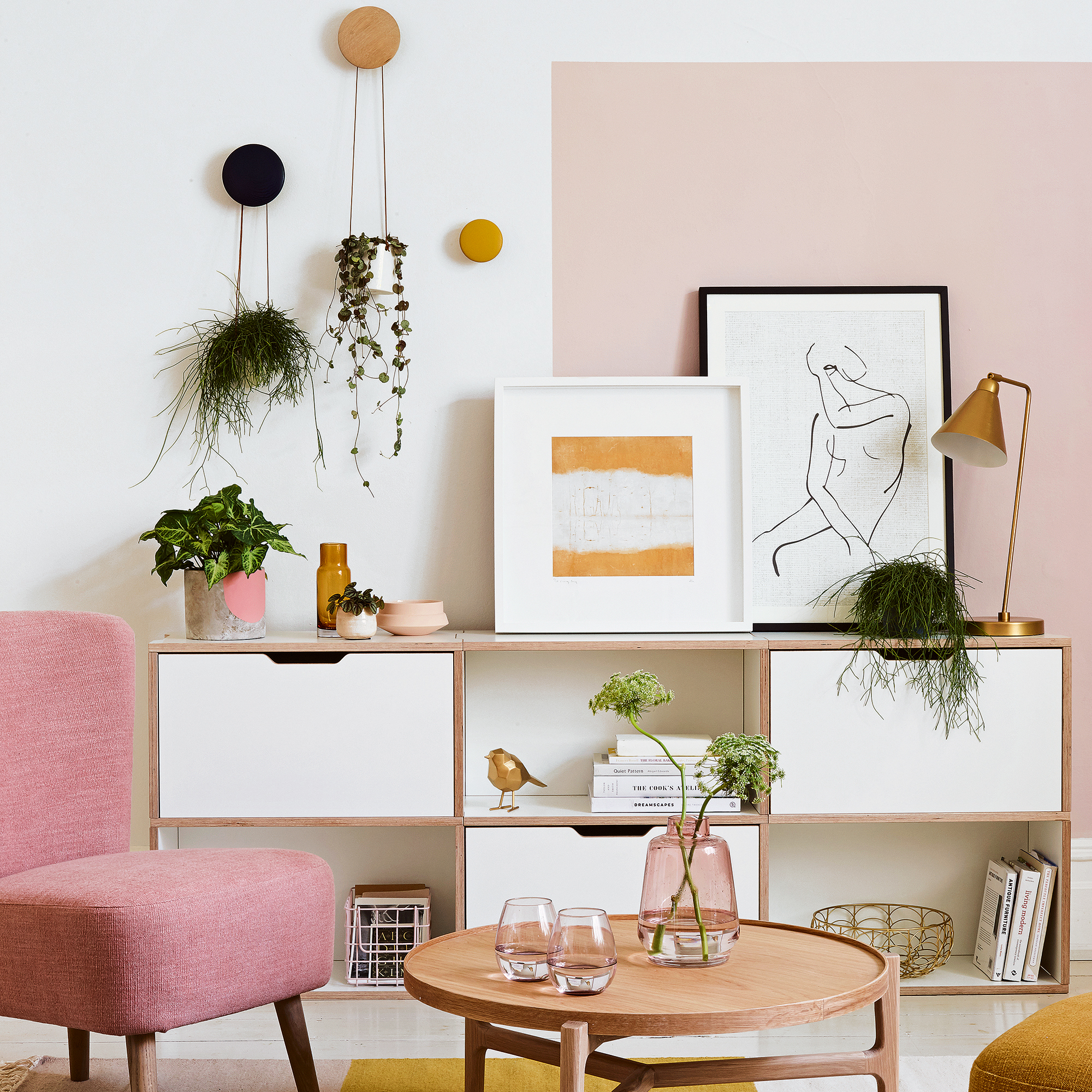
Paint a large panel behind your sideboard or console, highlighting a collection of art. This is a great twist on a feature wall – and being a smaller area is perfect for leftover paint. Mask off the area, then apply two coats, allowing to dry in-between coats.
Short of paint? There’s no rule that says you have to paint the whole area behind your console – why not try two-thirds of the area, arranging your living room wall art ideas to break up any visual line.
8. Upcycle an old ladder
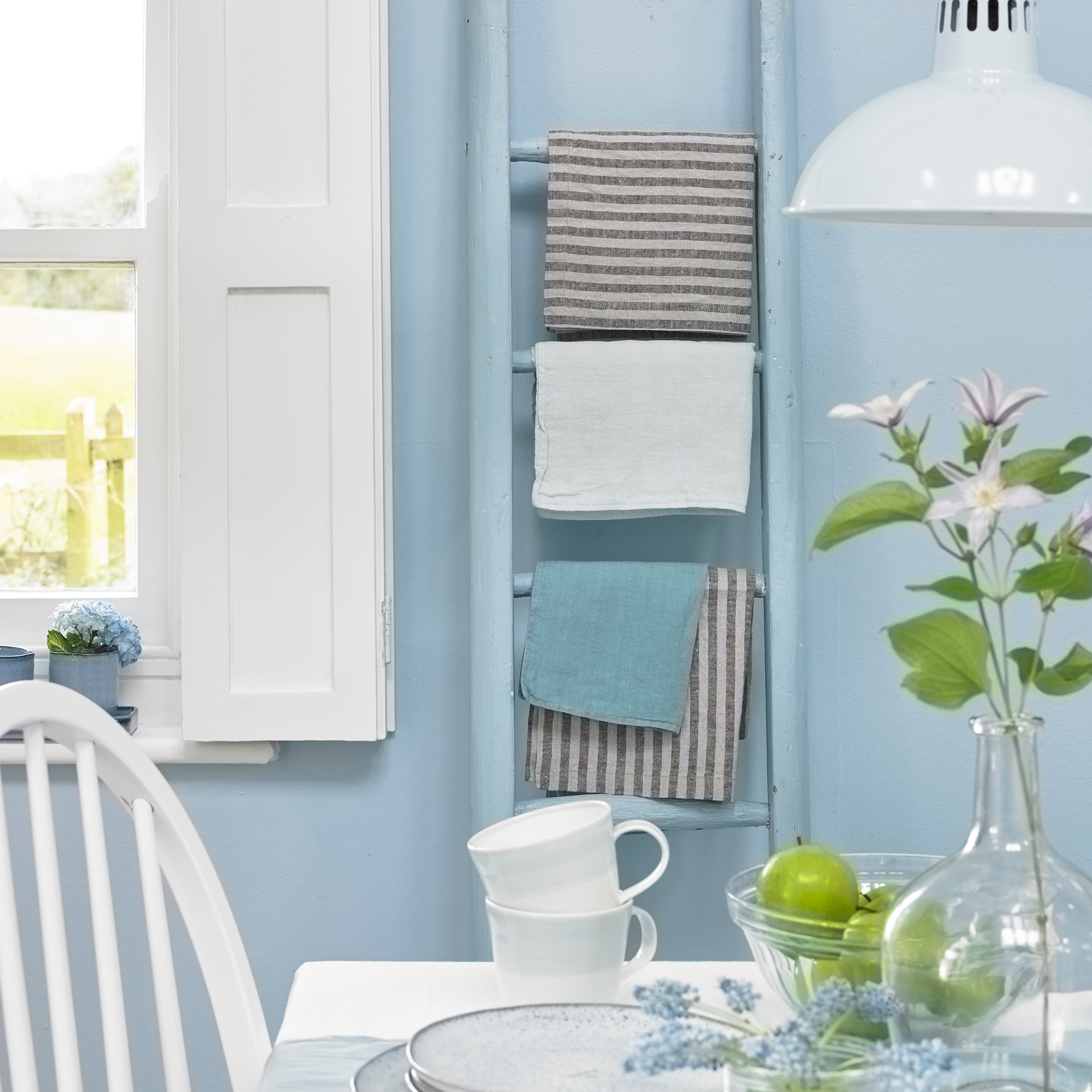
Create a handy storage piece in your kitchen, painting an old wooden ladder with leftover paint. Emulsion paint won’t be as durable as eggshell or satinwood, but you can apply a coat of matt varnish or wax – or accept that you might get more of a shabby-chic look over time. Upcycling furniture is a great way of using up leftover paint.
Use leftover paint from another room to bring in a new accent colour to your kitchen – small touches of the same colour used in each room can help create a sense of flow throughout your home.
9. Upcycle an old chest of drawers
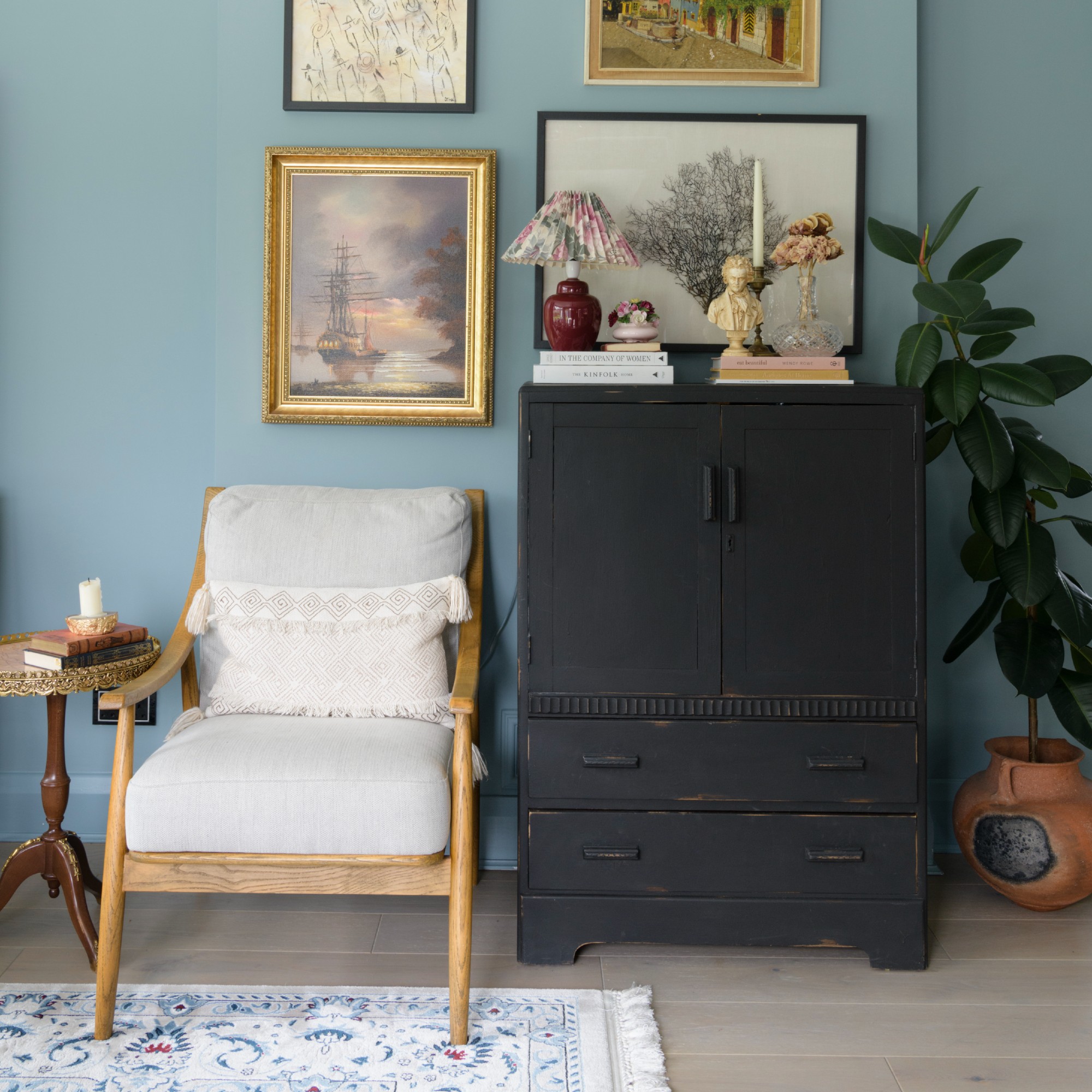
Mahogany and yew furniture might have been popular in the Eighties, but if you’re left with a dark piece today, why not use leftover paint to give it a new lease of life? Eggshell or wood paint works best. Prime the chest first, before applying two coats to give it a luxe finish.
Mask off the handles if keeping to the original ones, which are often quite decadent, perfect for your new-look furniture.
10. Get creative with tester pots
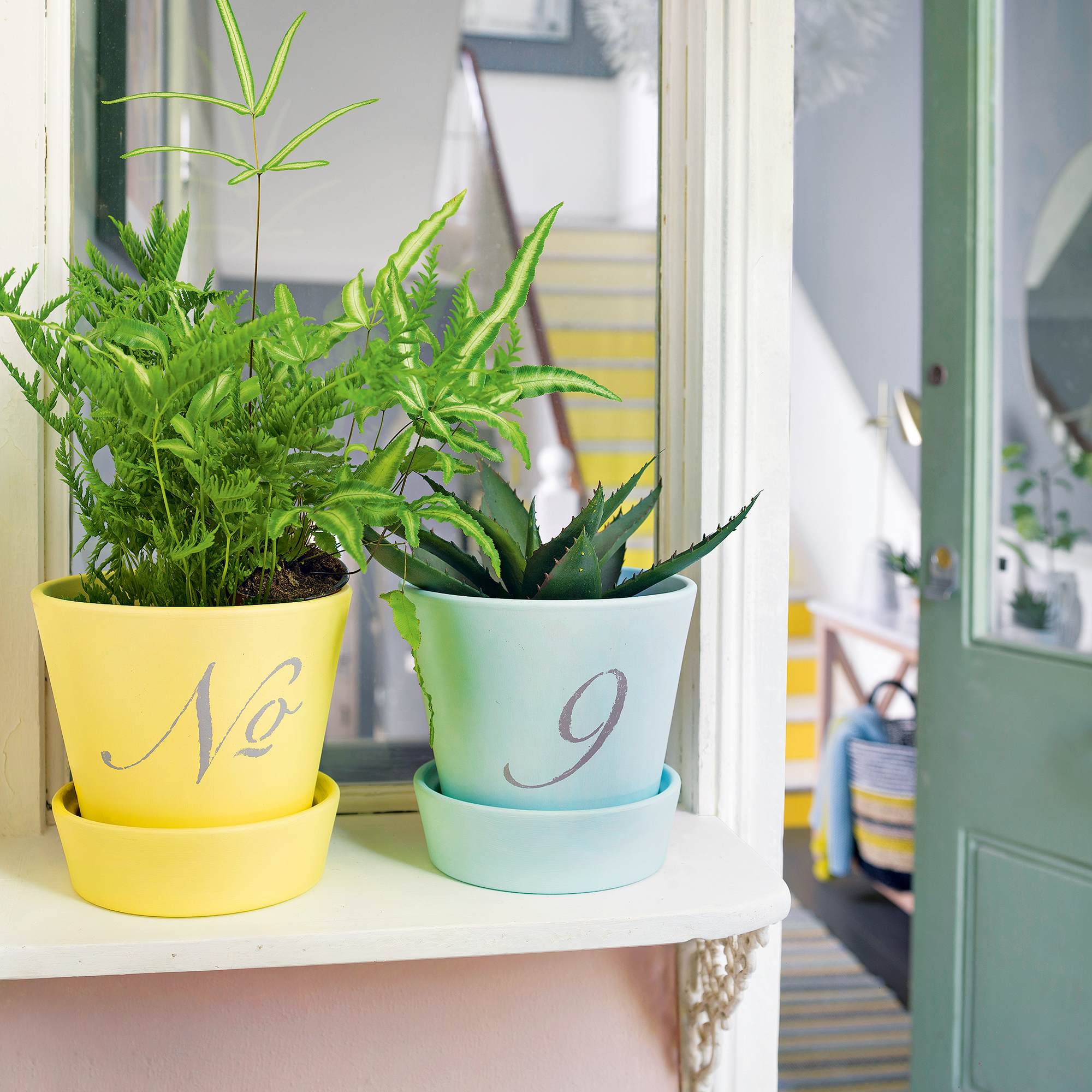
Found a stash of tester pots in the shed? Why not use it to add a splash of colour around your home? Paint flowerpots before stencilling with your door number – as long as they are semi-shielded from the elements – say under a porch – they should look smart for some time.
Choose testers that are either all pastel or all bright; or why not go for an ombre look, adding a touch of white to a darker shade for your second pot?
11. Paint your own headboard
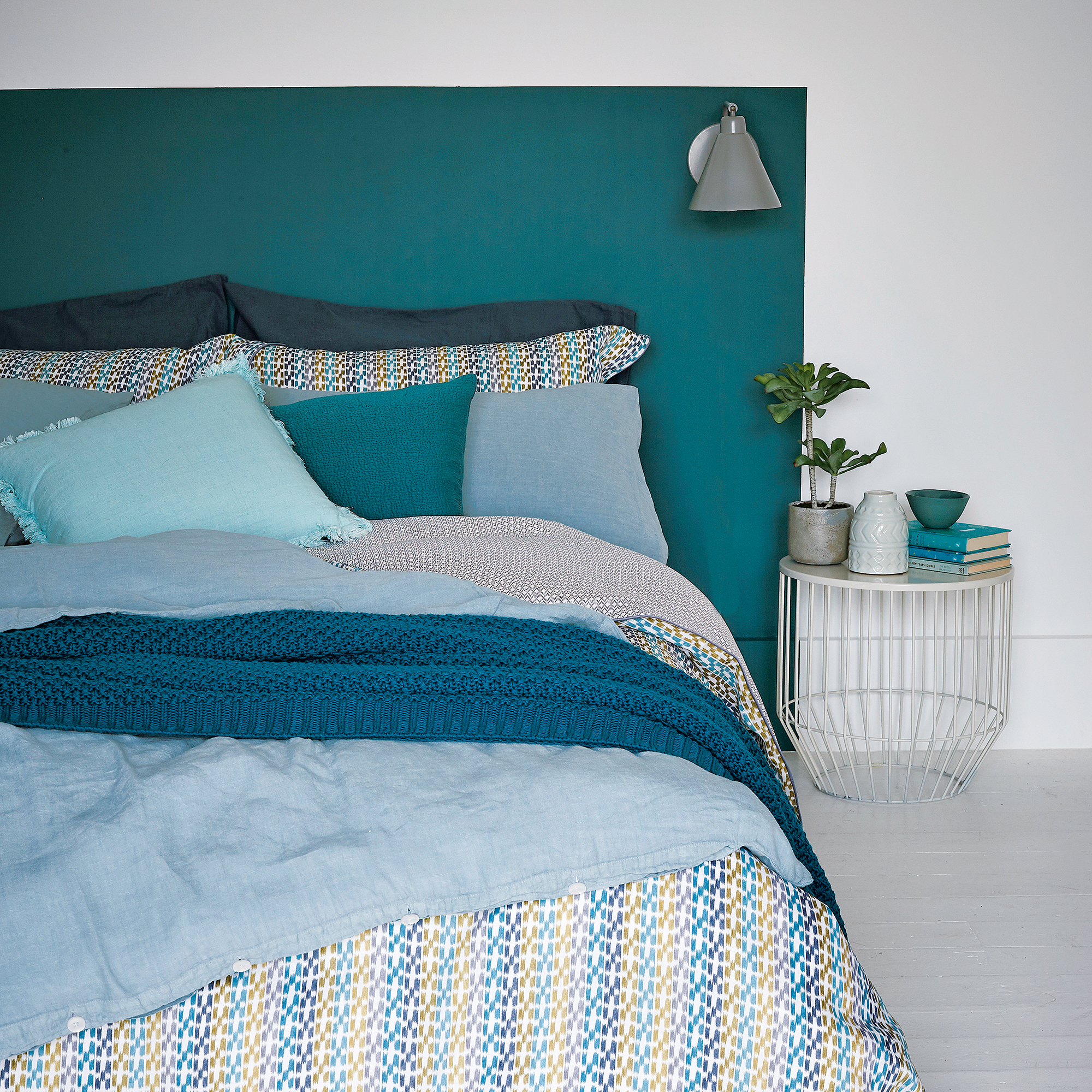
Perfect for a spare room, a painted headboard can turn a divan into something special. Mask off an area slightly larger than the bed’s width, which will make it seem more luxurious, and take the colour over the skirting board.
Pick up the colour used for your painted headboard as an accent for your bed linen, adding a cushion and throw to match.
12. Upcycle an old chair
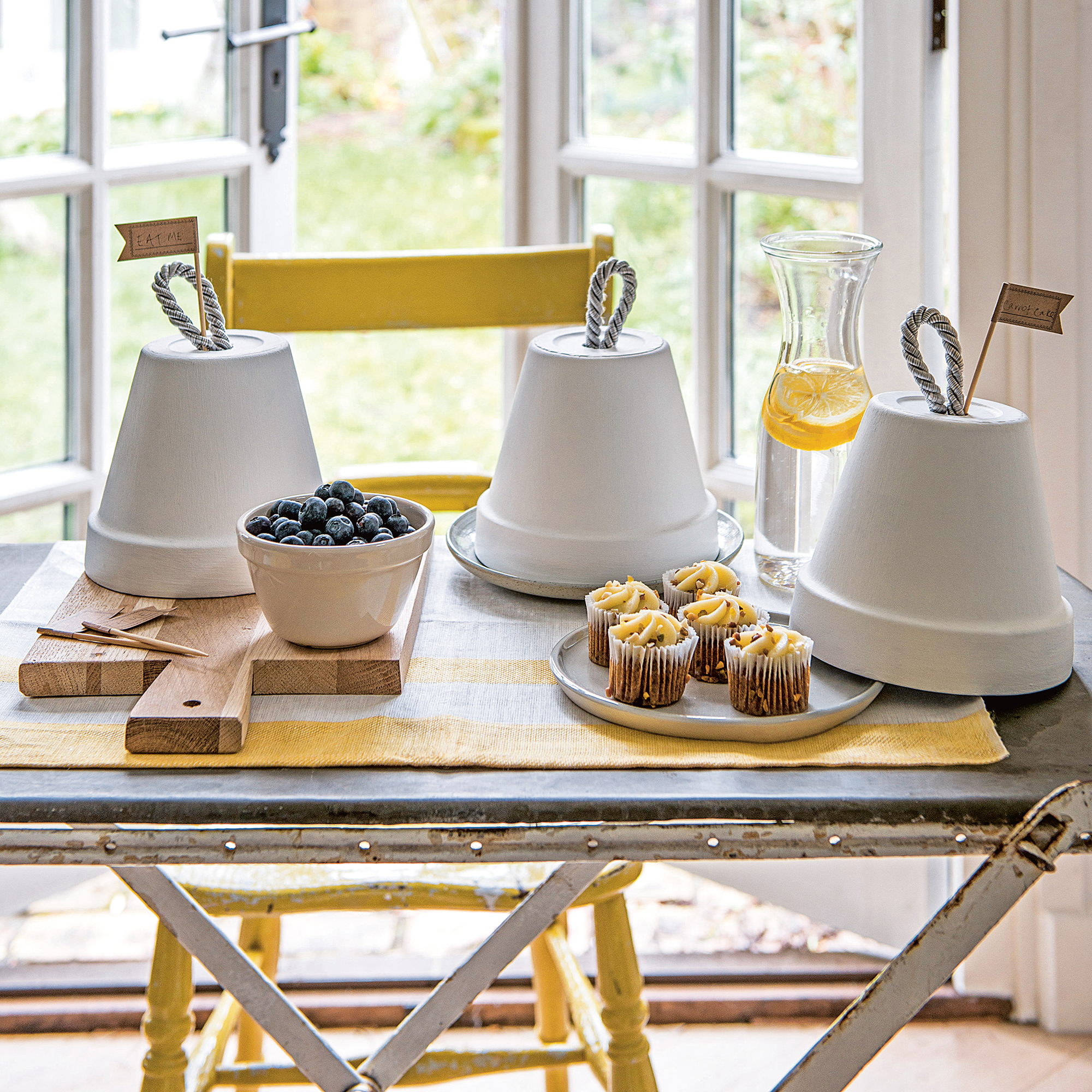
Add a splash of sunshine to your dining table with a painted yellow chair. For a distressed look, lightly sand back in between the coats to reveal a little of the original colour or wood underneath.
Got a set of mismatched chairs? Painting them, with leftover paint can help them feel more of a set. If you don’t have enough of one colour, then try shades or complimentary colours.
13. Edge a room
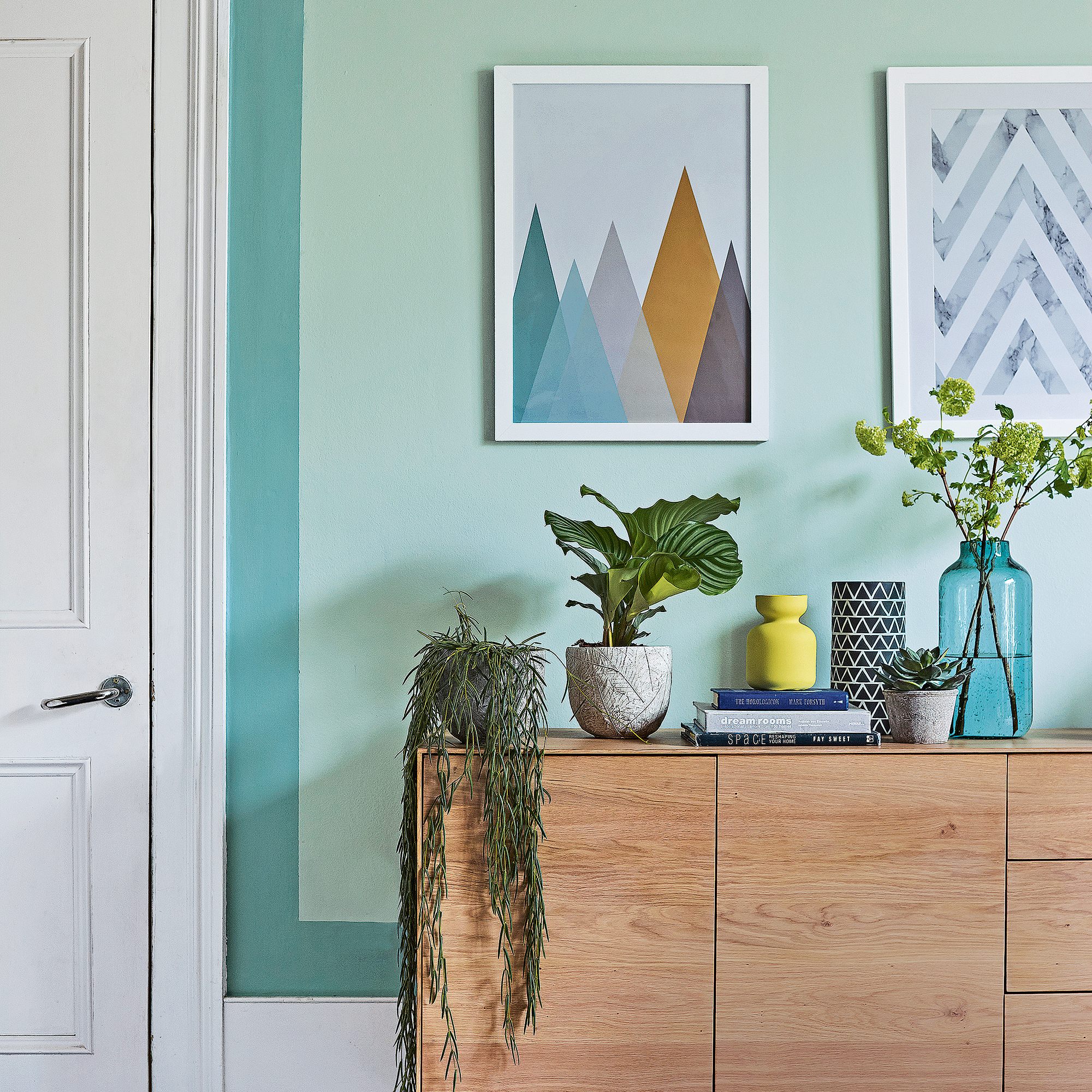
Bought a tin of one shade only to find it too dark? Use to border a room, adding interest to a featureless room. Mask off a border 10-15cm deep, running along the architrave and skirting, then paint in the darker shade.
If you have less left-over paint, but like this idea, then frame a picture with a painted surround for a great way to draw the eye to unusual artwork.
14. Use paint to create ombre shelves
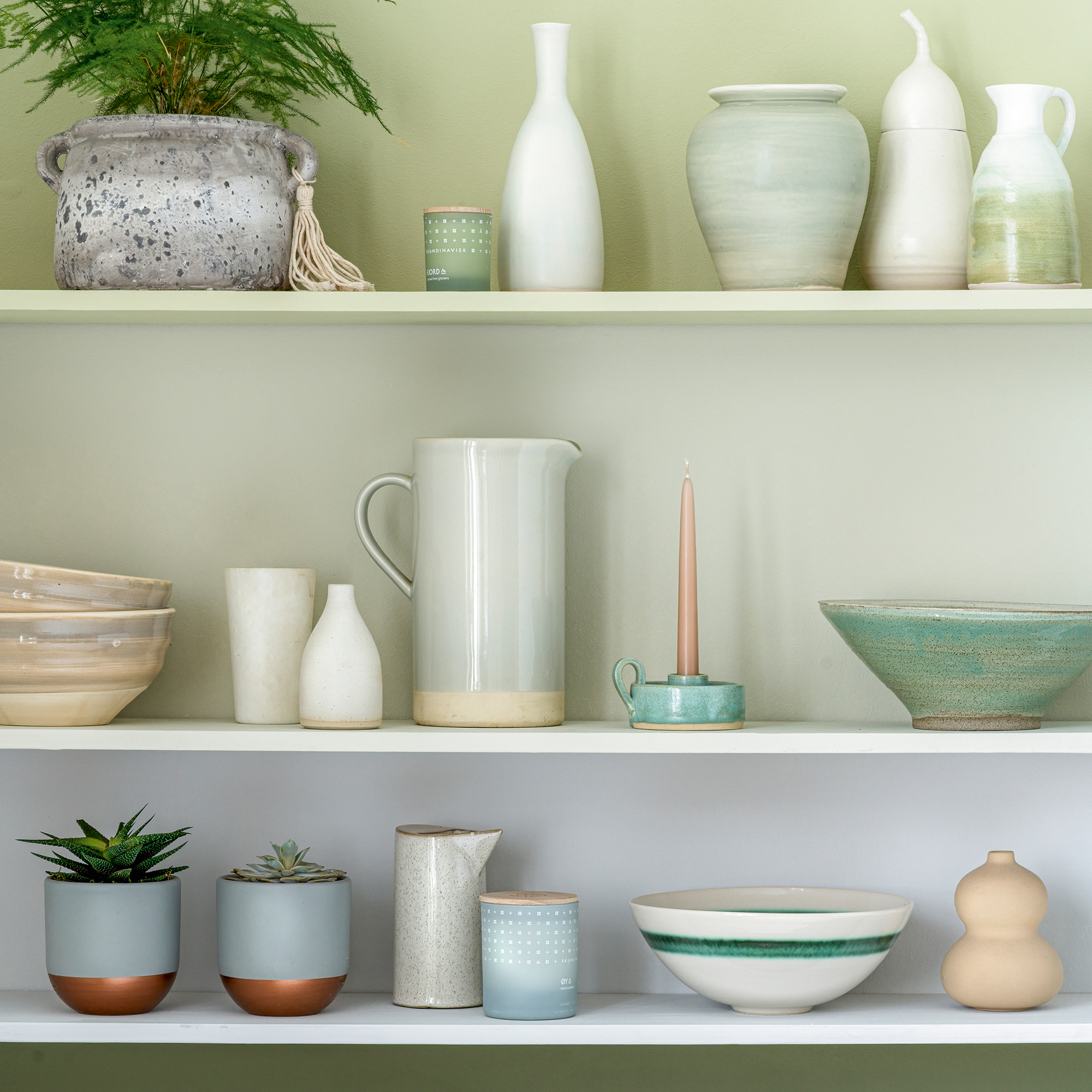
Take a tin of leftover paint and decant into paint kettles, then add varying amounts of white to create three different tints. Starting with the palest, work your way up, getting darker with each shelf.
Style your shelves to suit the intensity of colour, adding something in the darkest variation to the top shelf, like the green fern used here. It will help tell your ombre colour story.
15. Hack a flatpack stool
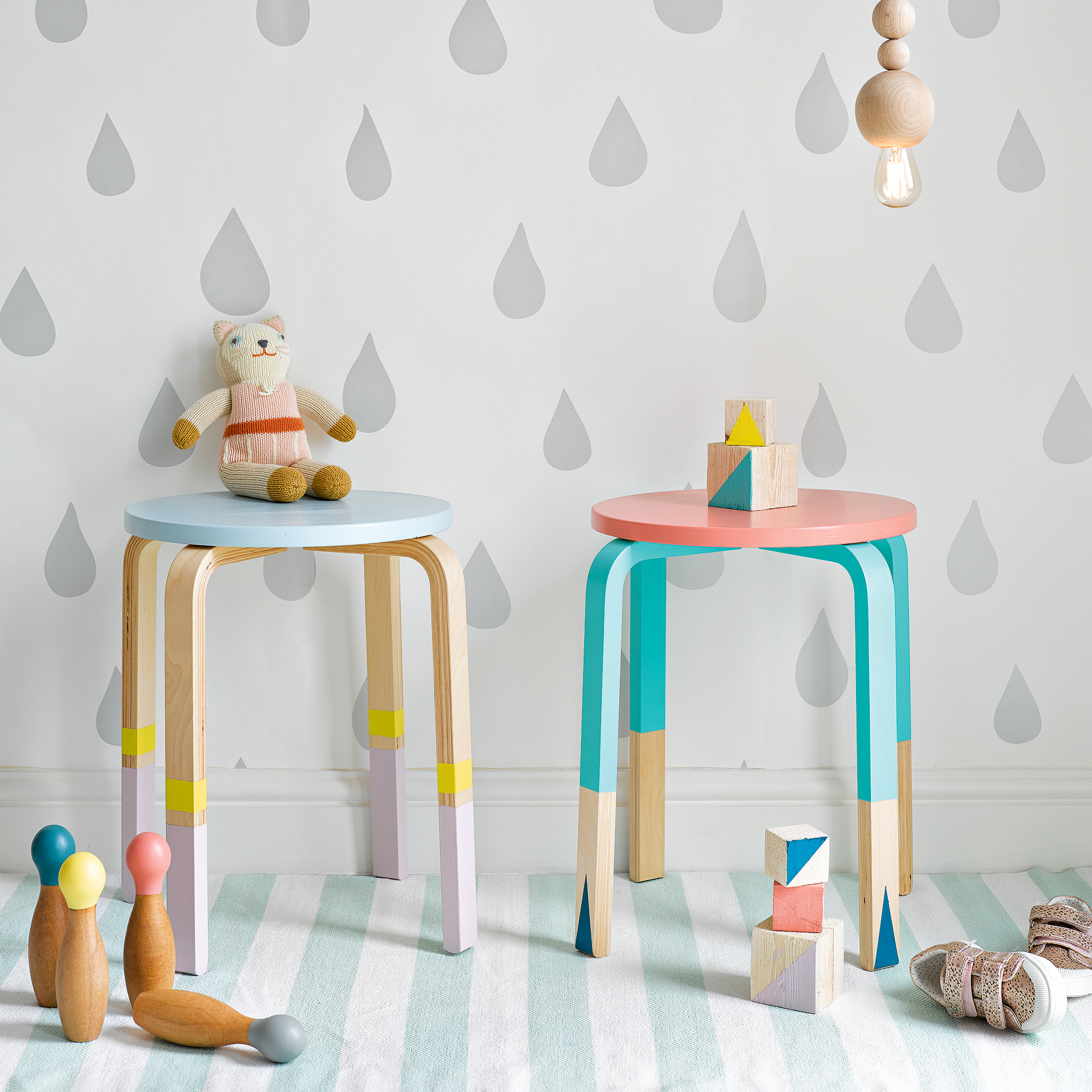
Use leftover eggshell or spray paint to give everyday pieces personality. Mask off bands with masking tape – even a narrow band or triangle detail on each leg can turn something plain into quirky.
These painted stools would look great as bedside tables in a Scandi-style bedroom – if you haven’t enough leftover paint for a matching set, just choose colours with the same intensity.
FAQs
How do I save paint for the next day?
‘Cleaning out tools and equipment is always the best policy,’ says Justyna Korczynska, senior designer at Crown, ‘but this is often not practical. To save paint for the next day, cover any pots or roller trays with cling film or black bags (you can do the same with roller sleeves and brushes) to reduce the chance of evaporation.’
‘Make sure the lid is firmly secured back on the tin too,’ says Ruth Motterhead, creative director at Little Greene.
What is the best way to dispose of leftover paint?
Leftover paint needs to be disposed of properly. If you’ve more than a litre left or even an unopened tin, then try FreeCycle.com or your local Facebook Marketplace Group. Otherwise, ask at your local recycling centre or tip to see how you can dispose of it correctly. For large amounts, you may need to add sawdust or soil to the tins and leave to dry out in the sun and solidify first.
Smaller amounts can be poured onto cardboard or newspaper and left to dry, before being taken to the tip. For pots and tins, you’ll need to check the label first to see if it can be recycled.
‘Crown Paints will also take its cans back through our Crown Decorating Centres for recycling (including tester pots),’ says Justyna.
One exciting idea, from Little Greene, is a collection that uses left-over, unwanted and returned paints, reformulating them into a beautiful, matt finish for interior walls and ceilings. The Re:mix collection prevents as much as 60,000 litres of high-quality mineral and organic raw materials from going to waste each year. The Little Greene chemists have developed intelligent blending techniques to produce upcycled paints in individual batches launched as an initial, limited collection of 20 colours.
In short, we encourage you to make use of every last drop of your paint as it is both sustainable and economical to do so. And as you can see, there are so many different ways to utilise it. Would you still throw away your can of leftover paint?
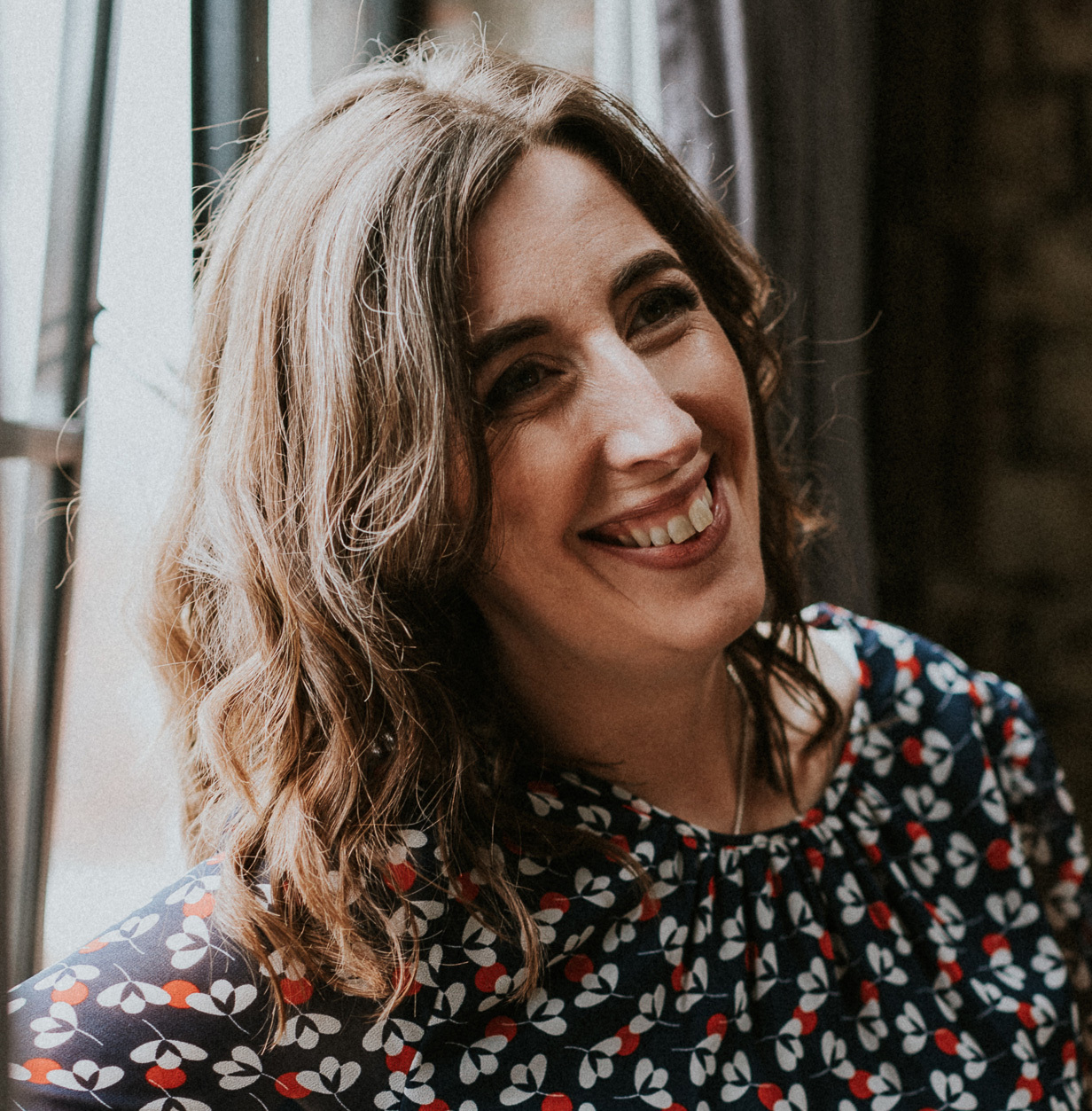
Jennifer Morgan is an award-winning editor, writer and stylist, with over 25 years’ experience writing, styling and editing home interest magazines. Jennifer was the deputy editor of Ideal Home from 2008-2010, before launching Ideal Home’s sister title, Style at Home in 2010. Jennifer went on to launch several craft magazines and websites, before going freelance in 2016, with a client list that includes John Lewis, Dunlem and Nordic House. Today, she writes for Ideal Home, Real Homes, Waitrose, Woman & Home, Sainsbury’s Magazine and Homes & Gardens.
- Sara HesikovaContent Editor
You must confirm your public display name before commenting
Please logout and then login again, you will then be prompted to enter your display name.
